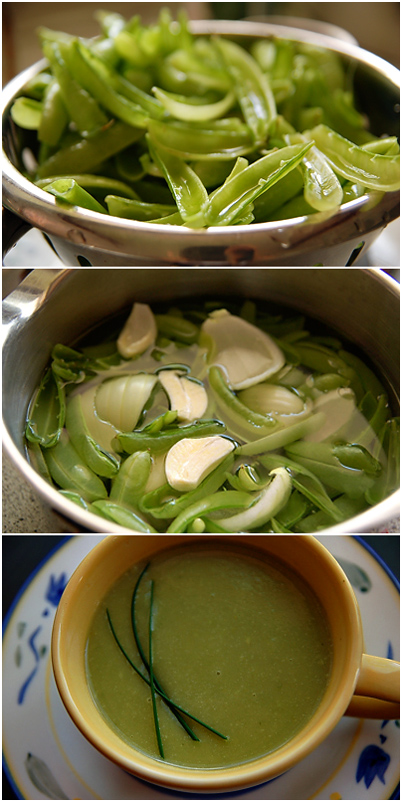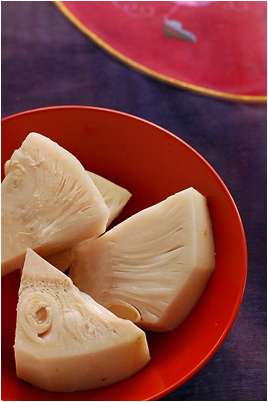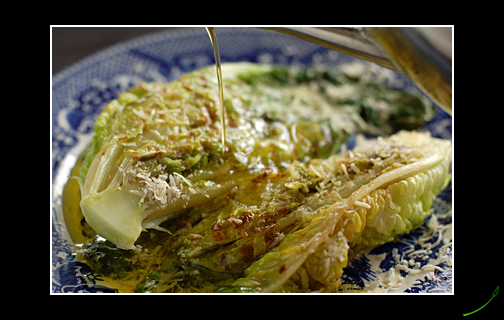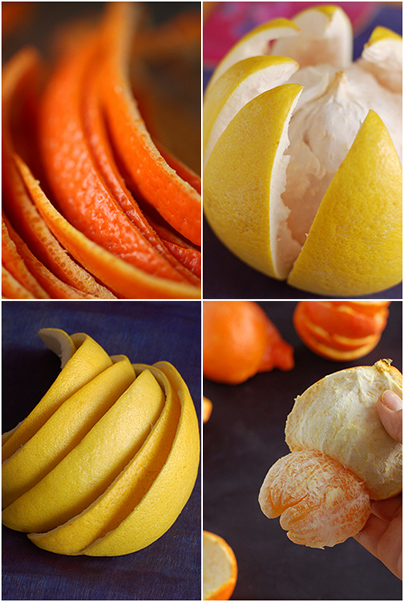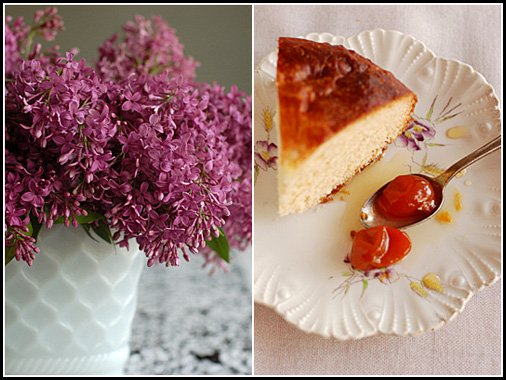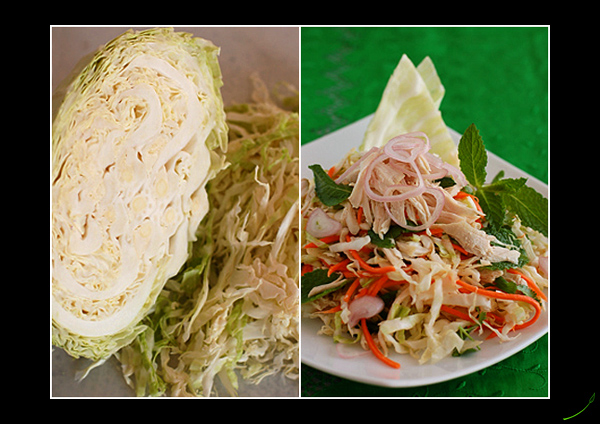
Several weeks ago, we joined our friends Gina and Raphael, along with Gina’s parents, Ricardo and Anna Maria, for an evening at Ann Arbor’s Performance Network. That night, Valeria “La Chispa” Montes and Company performed the music and dance of flamenco. La Chispa and Company are a local flamenco group based in Detroit and were in Ann Arbor for a one-night special performance. We felt really lucky to catch this group as flamenco is something both Pierre and I love. Sometimes, I walk around the house with my arms in the air while stomping my feet, saying “Eso!!!” Actually, we both do.
La Chispa truly rocks because she embodies all the things I love about artists and dancers — the fire within, the physical strength and balletic grace. She and her company of guitar players and guest dancers will be performing this summer in Detroit’s Concert of Colors on July 19 at 2pm. You won’t regret seeing them at this great event and, who knows, you might even spot in the audience a very small Asian chick struttin’ around with castanets.
Below are photos of La Chispa and Company taken by Pierre.

While watching their performance, I really felt transported to Spain, even if it were only a short while. Although I’ve never traveled to Andalucía or any part of Spain, I somehow felt a bit homesick for this part of the world I’ve only known through its food, music and dance. I was this close from booking the next flight to any city on the Iberian peninsula. Luckily, my good friend Carmen had gifted me some dried Chufa nuts (aka tigernuts) that she brought back from her last trip to her home country. I used them to make one of my favorite drinks – horchata.

In Spain, chufas are used to make a lovely and refreshing drink – Horchata de Chufas, a Valencian specialty. This nutty, milky drink is just what I needed. With this hot, humid spell we had, it was an even better treat. Horchata is also made all over Latin America with various ingredients like rice, almonds, sesame seeds, to name a few. Horchata made from chufas has this unmistakable earthy scent and nutty flavor that is very different than horchata made from other ingredients. If you travel to Spain, you can purchase them at candy shops that sell frutos secos. Here, in the States, one place I’ve found selling chufa nuts is La Tienda, where you can order them online. The recipe below is from their site.

HORCHATA DE CHUFAS – SPANISH TIGERNUT MILK
recipe from La Tienda
INGREDIENTS (approx. 1 liter)
- 250 grams chufa nuts (about 7 ounces)
- 1 quart (liter) of water
- one cinnamon stick (optional)
- 1 tsp grated lemon peel (optional)
- about 1 cup of sugar (try the recipe with less the first time – you can always add more!)
STEPS:
For one liter of Horchata, soak 250 grams of chufa nuts in water for 24 hours. In a blender, grind the nuts, water, cinnamon, sugar and lemon until you have an even, smooth mixture. Let it sit in water for a half an hour. Press and strain the paste to obtain horchata. Refrigerate for at least an hour – then finish it in the freezer for 20 minutes until slightly slushy (optional).
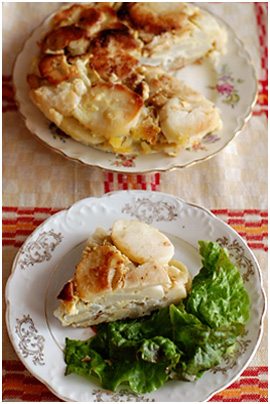
Another Spanish item that I’ve enjoyed at my friend Carmen’s home was Tortilla. Not the flat, round disks made from flour or corn but a thick potato and egg omelet. It really is amazing how a dish of three simple ingredients of potatoes, eggs and onions can be so good. Served with a plain green salad tossed with salt, olive oil and vinegar, it’s the perfect dinner. Cut into small wedges or squares, tortilla is great for parties or picnics too. The recipe I used is from Gourmet Traveller. You can get the recipe I used and watch a video on how to make Tortilla here.

TORTILLA
recipe from GourmetTraveller
INGREDIENTS: (6 servings)
- 1/3 cup (80ml) extra-virgin olive oil
- 1 onion, sliced into thin rings
- 6 eggs
- 1 lb (½ kg) boiled potatoes, thinly sliced
- 1 tsp sweet paprika
- 6 Piquillo peppers, drained
STEPS:
To make tortilla, heat 1/4 cup (60ml) olive oil in a 10-inch (25cm) non-stick frying pan over medium heat, add onion and sauté for 3-5 minutes or until softened. Using a slotted spoon transfer to a small bowl, leaving any residual oil in the frying pan.
Meanwhile, lightly beat the eggs in a large bowl and season generously with sea salt and freshly ground black pepper. Add potatoes, onions and paprika and combine well. Let mixture marinate for a couple of hours in the refrigerator, preferably overnight. Remove tortilla mixture from refrigerator 30 minutes before planning to cook it.
To make tortilla, heat the frying pan again, adding remaining 1 tbsp olive oil, over medium heat. When oil begins to smoke slightly, add tortilla mixture to pan, shaking pan vigorously so that egg mixture amalgamates in bottom of pan. Reduce heat and cook for 4-5 minutes or until mixture all but sets. Place a plate over the frying pan and carefully invert the frying pan so that tortilla is on plate uncooked side down. Return frying pan to heat, carefully slide tortilla back in and cook for a further 4-5 minutes until tortilla is firm to the touch.
Transfer to a serving plate and allow to cool before serving. Cut into wedges and serve with Piquillo peppers and alioli if desired.
¡Buen Provecho!


